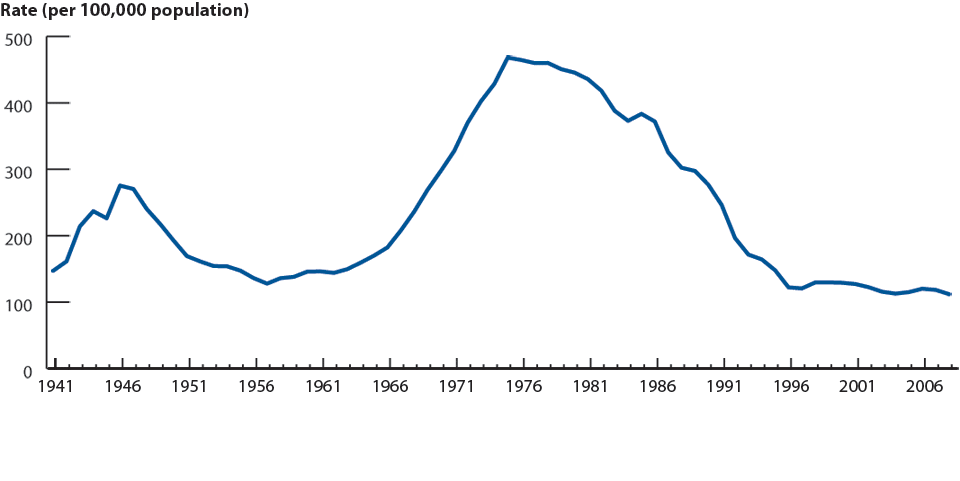
Fortunately for the public, gonorrhea infection rates across the United States have been on the decline in recent years. Still, the U.S. CDC estimates that approximately 700,000 new cases of gonorrhea are reported each year, and this figure doesn’t include undocumented infections. Recognizing the symptoms of gonorrhea is an essential component of battling the spread of this prevalent STD. unfortunately, the symptoms of gonorrhea aren’t always present or symptoms can be so mild they are easily ignored. Understanding how to prevent and recognize gonorrhea, with or without symptoms, is imperative for women in particular.
The Symptoms of Gonorrhea in Women
Gonorrhea symptoms in women can vary in severity, and in some cases, the symptoms of gonorrhea will not appear at all in infected females. the symptoms of gonorrhea typically include:
- Abnormal vaginal discharge, generally yellow or white in color
- A burning sensation during urination
- Lower abdominal or pelvic pain
- Bleeding in between menstrual periods
Sometimes, the symptoms of gonorrhea in women will be mild enough to be confused with those of general vaginal irritation or more common and less serious conditions such as yeast or bacterial infection. when these or similar side effects present, gonorrhea testing is necessary to confirm or rule out infection. Even trained medical professionals do not rely on gonorrhea symptoms to determine an infection. STD testing is the only method to accurately distinguish between gonorrhea, STDs, and other conditions when similar symptoms manifest.
The Symptoms of Gonorrhea in Men
As is the case with women, symptoms of gonorrhea in men can be mild in nature and will often never surface at all. Typically, the symptoms of gonorrhea in men include:
- Thick discharge from the penis, generally yellow or white in color
- Burning sensation upon urination
- Pronounced testicular pain
Unlike women who experience normal genital discharge, men should recognize the presence of penile discharge as abnormal and a potential symptom of gonorrhea and undergo testing accordingly.
A Timeline for the Symptoms of Gonorrhea
In both men and women, the symptoms of gonorrhea can take months to appear and in some cases will never present at all. when gonorrhea symptoms in women do surface, they often arrive within one to three weeks following exposure. Symptoms of gonorrhea in men, on the other hand, will frequently appear earlier on, generally between two and five days following transmission. However, the symptoms of gonorrhea in men may often take 30 days or more to manifest.
Gonorrhea Treatment
Since gonorrhea is often asymptomatic in women, early detection and treatment is crucial Women with undetected gonorrhea infection risk developing permanent reproductive damage, often resulting in infertility. in addition, untreated gonorrhea, as well as Chlamydia, has been known to cause a condition called pelvic inflammatory disease (PID), which produces chronic pelvic pain and reproductive complications. PID is the leading cause of infertility, although it is completely preventable, through routine testing and early STD treatment.
Because of these serious consequences, regular gonorrhea testing is necessary for those at risk. for sexually active women, the CDC recommends annual screening at a minimum. More frequent testing should be employed for those engaging in high-risk sexual activity.
Once detected, gonorrhea can be easily treated and cured. Antibiotics will typically work to eliminate infection in seven to ten days. for this reason, regular testing is the best way to prevent long-term complications of gonorrhea and maintain female sexual health.